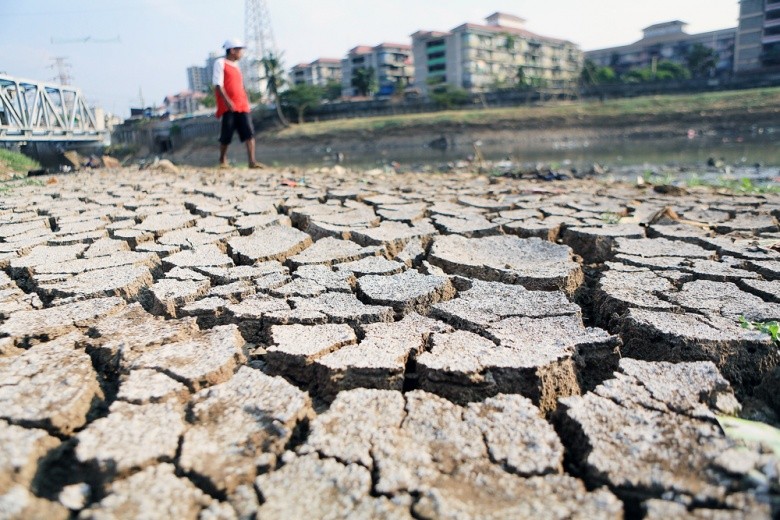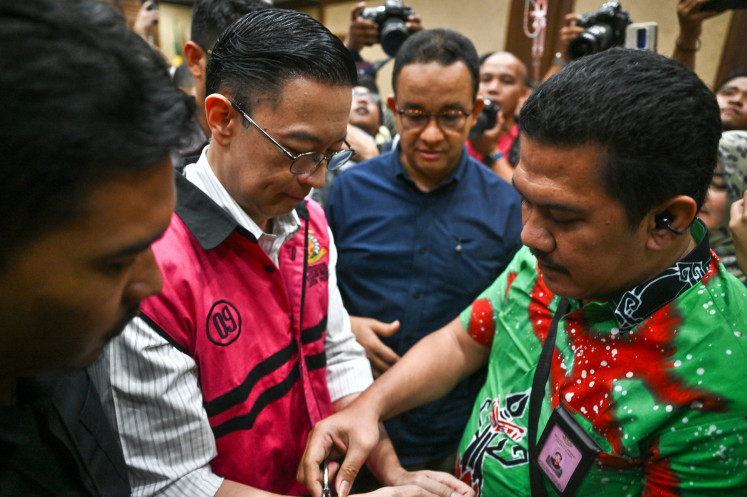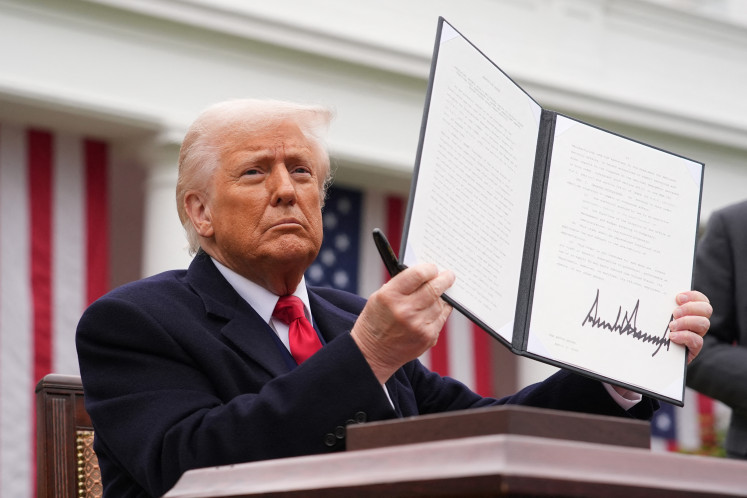Popular Reads
Top Results
Can't find what you're looking for?
View all search resultsPopular Reads
Top Results
Can't find what you're looking for?
View all search resultsOffsetting our carbon footprint: A way to make every day Earth Day
Carbon offset can be profitable for companies that invest in it.
Change text size
Gift Premium Articles
to Anyone
S
ince 1970, the world has celebrated Earth Day every year on April 22 to showcase support and commitment to environmental protection. However, every day should be considered Earth Day, to preserve and protect health and livelihoods.
In early 2020, the world faced an unprecedented situation as the COVID-19 disease struck globally, placing most countries under lockdown and resulting in significant alteration of many government policies on energy demand, especially in the transport sector.
With many international borders closed and most people forced to stay home, transport patterns have been reduced whilst consumption patterns have changed. As a result, daily global CO2 emissions of the transport sector decreased by 17 percent by early April 2020 compared to the 2019 levels (Le Quéré, et al., 2020).
However, the abrupt decline in global CO2 emission during the pandemic might not continue, as most countries started opening their international borders at the end of 2021 and international travel has risen significantly in the beginning of 2022. In Indonesia, the government has issued a new policy to ease restrictions for domestic and international travel starting March 2022. A negative COVID-19 test result is no longer required if the traveler has received a vaccine-booster or a third anti-COVID-19 vaccination.
An International Energy Agency (IEA) study (2021) showed that the global energy-related CO2 emissions rose by 6 percent in 2021 to 36.3 billion tons (BT) as the world economy rebounded from the COVID-19 crises from the previous year, 2020.
Rapid carbon emissions will inevitably rebound and will keep increasing, without substantial government efforts to slow them. Hence, as individuals, we must take steps to mitigate the climate problem, one of which is to offset our carbon footprint.
Carbon offset broadly refers to a reduction in greenhouse gas (GHG) emissions that is used to compensate for emissions elsewhere. Carbon offset is considered a way to trade carbon. Organizations, companies and individuals can counteract their GHG emissions by purchasing carbon offsets.
Mostly voluntary, carbon offset aims to balance the amount of carbon emitted with some methods to absorb the emission. Simply, emissions contributed by air travel, for instance, may be absorbed by afforestation, use of renewable energy and investment in carbon-reduction projects.
Carbon offset may be an important tool to try to become “carbon neutral” or “climate neutral”, but reducing emissions to zero via renewables or energy efficiency measures may not be feasible. Carbon offset has many advantages. The IEA Greenhouse Gas (IEAGHG) R&D Program (2007) stated that a good carbon offset project not only promotes environmental objectives but also creates supplemental benefits to local communities. It can spur economic development, improve the quality of life or increase recreational value. Carbon offset can be profitable for companies that invest in it.
However, carbon offset projects need to be carefully carried out, so they do not contribute to further environmental degradation or become scams as the company uses offsetting method as only a label of their corporate sustainability responsibility actions instead of changing or reducing their emitting behavior. They should be strictly monitored and verified. Additionally, communities' participation in carbon offset is critical to achieving the goal of carbon offset while also helping to protect the environment.
Carbon offset alone cannot curb carbon emissions. The best way to act is by cutting down the emission from the sources. Nevertheless, the increase in CO2 emissions caused by travels that resumed after the pandemic eased might be mitigated by implementing carbon offset projects.
To persuade individuals to offset their carbon footprint, they must first understand why it is important to do so. Scientists have cited the importance of changing behavior to reduce emissions, although it is challenging and often entangled in social and cultural difficulties.
Education and awareness-raising are needed to guide the community toward creating a sustainable environment. Last but not least, environmental initiatives and programs in educational institutions and public communication should be promoted as they play a major role in negating carbon emissions.
***
Dian Lutfiana and Citra Endah Nur Setyawati are research associates at the Economic Research Institute for ASEAN and East Asia (ERIA). The views expressed are their own.










